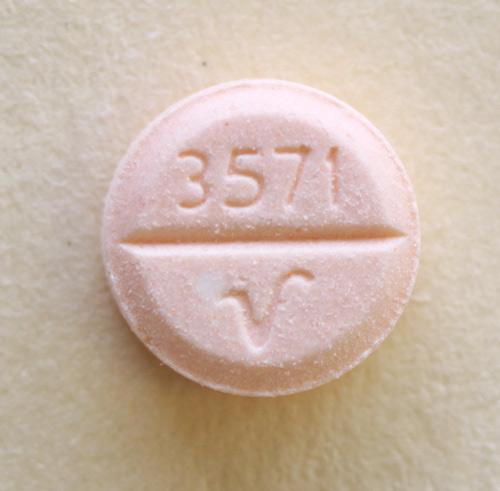
- PO (Adults ): 12.5–100 mg/day in 1–2 doses (up to 200 mg/day; not to exceed 50 mg/day for hypertension; doses above 25 mg are associated with greater likelihood of electrolyte abnormalities).
- PO (Children >6 mo): 2 mg/kg in 2 divided doses (not to exceed 200 mg/day).
- PO (Children <6 mo): Up to 2–4 mg/kg/day in 2 divided doses (not to exceed 37.5 mg/day).

